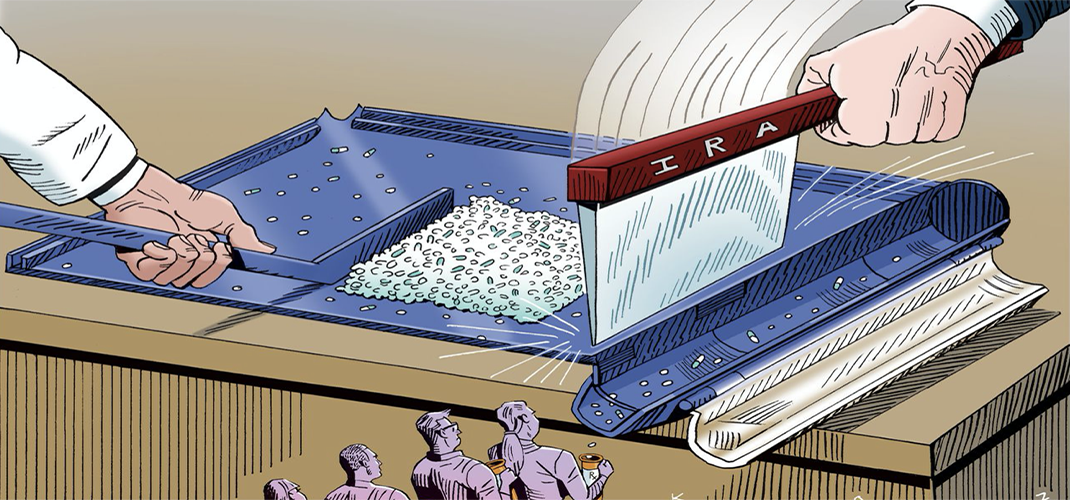Kerby Anderson
Since the passage of the so-called Inflation Reduction Act, the president along with the supporters of the bill claim that it will reduce future drug prices. Let me emphasize the word “future” since there isn’t much hope that expensive drug prices will drop any time soon.
The act does contain eight provisions that have the potential of reducing future drug prices. The Center for Medicare and Medicaid Services has been given new powers to negotiate with pharmaceutical companies. These negotiations may reduce the prices of some drugs, but I suspect that they will also lead to fewer new drugs.
Charles Hooper and David Henderson make that case in a recent op-ed in the Wall Street Journal. They remind us that these modern medicines produced by the biopharmaceutical industry cure diseases and save lives. In fact, one economist at Columbia University estimates that 73 percent of the increase in life expectancy in high-income countries (between 2006 and 2016) was due solely to the adoption of modern drugs.
They also explain how these negotiations will cause many pharmaceutical companies to shelve research on drugs. If they don’t accept the price established by the government, the company will be taxed up to 95 percent on its Medicare sales revenue. The cost of bringing a new drug to the market is in the billions of dollars. Why should a company bother if it can’t even break even on the drug?
One of my guests on radio said he was neither a fan of Big Pharma nor Big Government and thus not too interested in either side being successful. I think many of us can agree with that. But if government bureaucrats put the squeeze on drug companies, the losers will be our children and grandchildren who won’t have future drugs that will cure diseases and save lives.
 Listen Online
Listen Online Watch Online
Watch Online Find a Station in Your Area
Find a Station in Your Area










 Listen Now
Listen Now Watch Online
Watch Online
